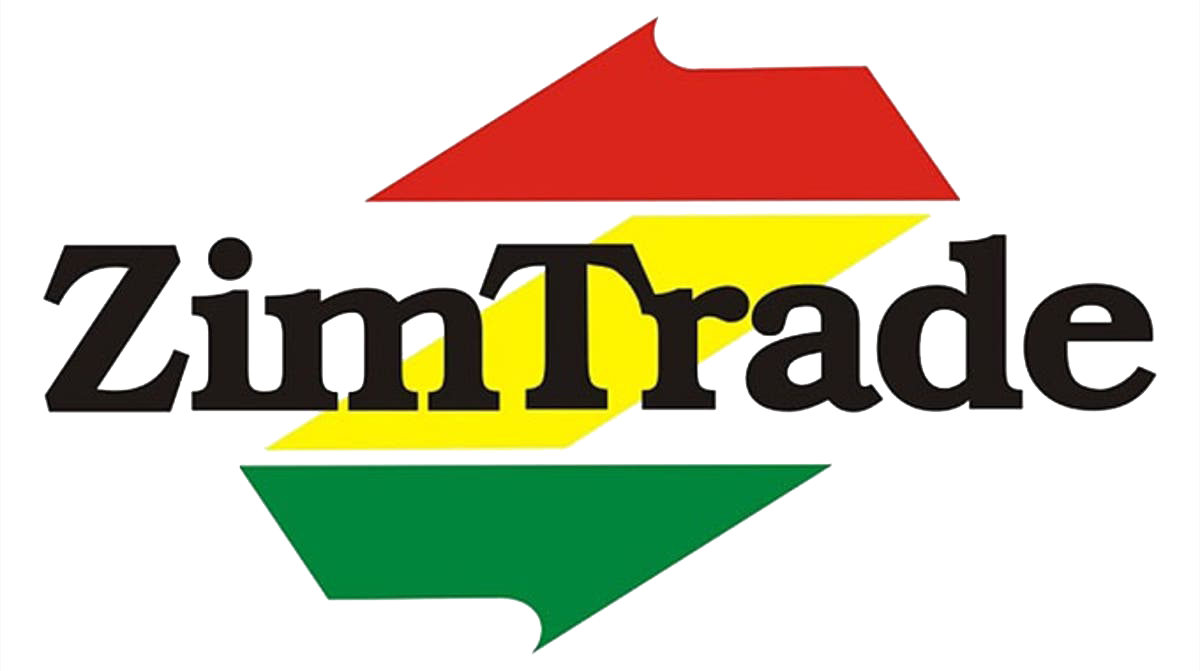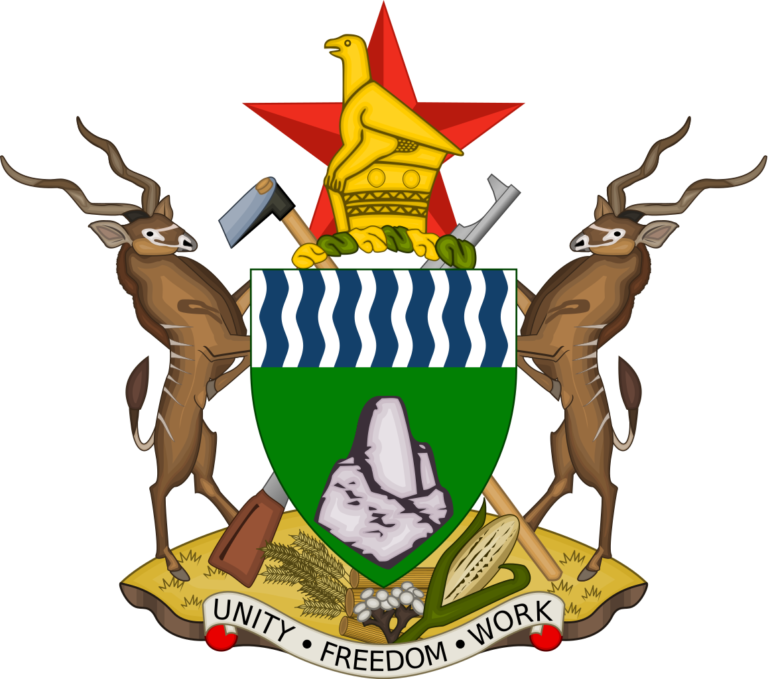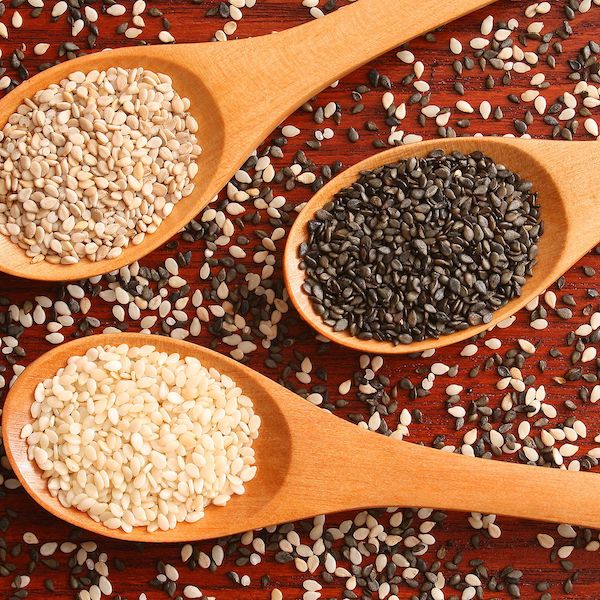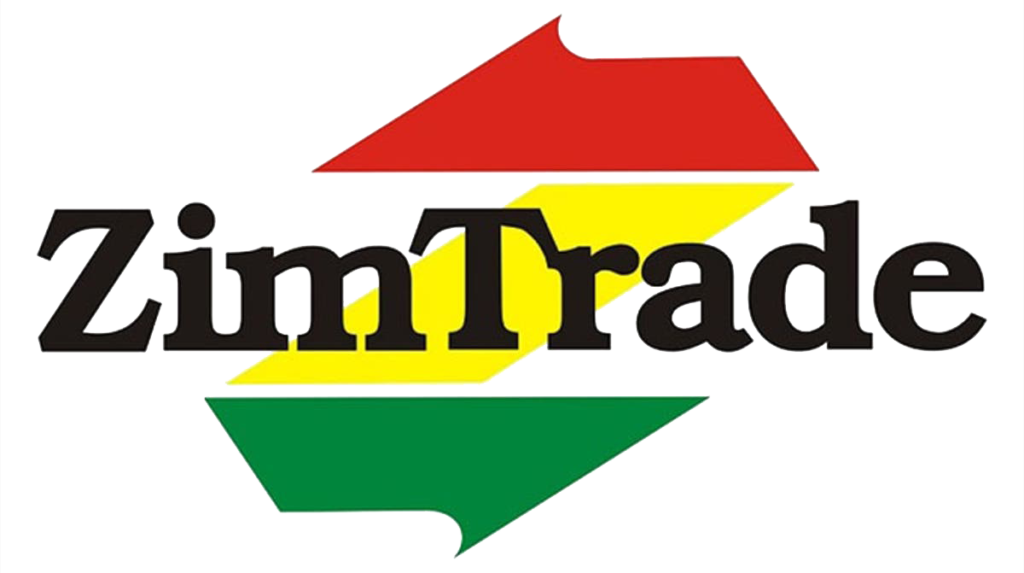Discussions on the state and future of Zimbabwe’s exports often places emphasis on agricultural produces for a good reason.
This is a low hanging fruit that can drive exports from farmers across the country, given the good climatic conditions which can promote abundant supply of grain, tobacco, fruits, vegetables and other produces.
At one time, Zimbabwe was considered as the breadbasket of Africa, a position that is not far to retain.
Zimbabwe has potential to grow and export an array of produces sought-after in major regional and international markets.
To realise this potential and increase revenue in exports from agriculture, there is need for farmers to diversify their crops, focusing on niche produces that can be value added into different high-end products.
One of these crops is sesame seeds, which is fast becoming the cash crop for some economies in Africa.
The plants grow to a mature height of up to 1 metre and harvesting can occur between 100 and 130 days after planting.
Sesame varieties are suitable for a range of soils, but generally prefer fertile and well-drained soil in warmer climates.
Sesame seed is one of the oldest oilseed crops and is mainly produced in Asia and Africa, which together account for more than 90 percent of global production.
Statistics from the Food and Agriculture Organization (FAO) indicate that the world production of sesame in 2017 was around 5.5 million tonnes and most of it grown in Africa and Asia.
Global demand for sesame seed has risen as the product gains momentum as a health aiding food.
In addition to its unique and increasingly popular flavour, sesame is widely used in the production of dietary supplements, oils, confectionaries, pastes and health snacks.
The diverse uses of sesame, from direct consumption as food to an ingredient in cosmetic and pharmaceutical products, makes it a high-value product in regional and international markets.
According to FAO, the growing world’s population, changing consumption patterns and health awareness of consumers are some of the reasons that has led to a boom in sesame market.
Figures from Trade Map show that global exports of sesame seed in 2019 amounted to US$3.07 billion, up from US$2.7 billion in 2018 and US$2.2 billion in 2017.
Of this, Zimbabwe’s share of the export market was a paltry US$85 000, an indication that more needs to be done to grow exports of sesame seeds.
Major exporters last year were Sudan (US$606 million), India (US$529 million), Ethiopia (US$332 million), Nigeria (US$289 million) and Tanzania (US$189 million).
The largest importers last year were China (US$1.2 billion), Japan (US$303 million), Turkey (US$267 million), India (US$196 million), Korea (US$145 million) and Israel (US$119 million).
Countries where sesame is an integral part of their national cuisines have reported increased imports of the product.
Projections are that the global sesame seed market will reach US$17.77 billion by 2025, according to FAO.
Global sesame production is forecast to reach 9.26 million tonnes by 2040, up from 5.53 million tonnes in 2017.
The demand for sesame in China alone is expected to reach 2.56 million tonnes in 2040, up from 1.3 million tonnes in 2016.
Despite the global price volatility, volumes of sesame seed traded between 2013 to 2016 increased by 40.3 percent from 1.4 million tonnes to 2.1 million tonnes over the three-year period.
According to the International Trade Centre’s Market Price Information portal, the average price of sesame seed in international markets between January this year to date is US$1,133/tonne.
The price difference is due to the higher production costs of black sesame, along with additional demand created by its perceived health benefits.
This strong growth in production and demand presents an opportunity for Zimbabwean farmers to consider commercial production of sesame, as well as value addition to maximise on potential revenue.
As farmers consider increasing production, there is need to take lessons from African countries that have been doing well, such as Ethiopia.
Ethiopia, where sesame is the second most profitable export after coffee, is among the top producers of sesame seed in the world.
Other producers within the SADC and COMESA region include Mozambique and Tanzania.
The case of Ethiopia
Ethiopia is one of the sesame-growing and exporting countries in Africa and has high quality sesame seed varieties suitable for wide range applications.
According to UNIDO, Ethiopia produced annually on average 450,571 tonnes of sesame seeds from 2010 to 2016.
There are various actors in sesame value chain, including producers, primary producer cooperatives, small traders, suppliers, wholesalers, traditional oil millers, local consumers, and exporters.
Primary producer cooperatives collect products from their members and sell in primary transaction centres and directly to exporters through the Ethiopia Commodity Exchange.
One the exporting front, Ethiopia has successfully integrated all value chain players through the Ethiopian Commodity Exchange (ECX), which handles all international transactions.
A report prepared by United Nations Industrial Development Organization (UNIDO) indicated that ECX is unique in that it “integrates the entire “eco-system” related to the market, spanning the central trading system, warehouse delivery centres, product grade certification, clearing banks, an arbitration tribunal, a market information system linking rural sites, remote electronic trading centres, and a secure data centre to manage membership and market information.”
Such an approach that values all players in the entire value chain could help boost production and exports from smallholder farmers in Zimbabwe, including those from rural areas.
According to UNIDO, ECX promotes and enables growth of sesame seed production by way of guaranteeing the product grade and quantity and operating a system of daily clearing and settling of contracts.
Such checks on quality by a central body will allow Zimbabwean product to be competitive on the export market.
Further to this ECX promotes market efficiency by operating a trading system where buyers and sellers can coordinate in a seamless way based on standardized contracts.
This is one way to ensure that sesame seed production is commercialised and that those exporting will formalise their process, which in turn call help them earn more and the country benefit from their activities.
ECX has also been ensuring market transparency by disseminating market information in real time to all market players.
Once organised, local development partners can assist Zimbabwean farmers in creating an application that can help disseminate reliable and strategic information.
This way, there is a coordinated approach in activities and farmers can make informed decision regarding utilization of available land.
In addition, ECX has been central in risk management by offering contracts for future delivery, providing sellers and buyers a way to hedge against price risk.
Back home, financial institutions and partners can offer the same services, which will safeguard the development of the value chain.
To realise maximum revenue from the product, Ethiopia has been investing in value addition, focusing on oil extraction from sesame seeds.
This is of the areas local businesses can consider, creating viable industrial sites that will make Zimbabwe a hub for oil extraction in the region.
Although local production is low, countries in the region such as Mozambique can supply raw sesame seeds to Zimbabwe, which will be value added into high-end oil and pharmaceutical products.
Going forward
Sesame production in Zimbabwe has been limited and in the past three years. Development Cooperation Partners have been supporting small-scale farmers in its cultivation as an alternative cash crop.
It is a drought tolerant crop making it suitable for cultivation in drought-prone areas of Zimbabwe.
Sesame is adaptable to many types of soils although it performs better on well-drained soils and is usually produced on upland plains.
This adaptability oils means it can be grown across all provinces in Zimbabwe, creating opportunities for farmers in dry areas to tap into export markets of agricultural produces.
According to the Agricultural Marketing Resource Centre, sesame yields in test plots average 454-680 kgs per acre, though as much as 1,050 kgs per acre have been produced on irrigated fields.
Production costs per acre are modest, being equal to or less than for soya beans or sorghum.
Fertilizer costs are primarily for nitrogen, which can be met through organic sources. Harvest costs are similar to other grains, but transportation to market will be an extra expense since delivery points for this specialty crop may be a considerable distance from the grower.
With regards to seed requirement, a guide for production of sesame seeds in Nigeria prepared by the Standards and Trade Development Facility indicate that farmers require 3-5 kg/hectare in furrow sowing, and 8kg/hectare in broadcasting.
A closer row spacing will apply to irrigated or high rainfall areas whilst wider spacing for dry areas.
The fertilizer requirements for sesame will depend on the fertility of the soil, which will, in turn, vary with soil type and previous land use.
Currently, the low recognition of sesame seed as a viable crop for Zimbabwe is likely due to the lack of knowledge on the farming methods, benefits, and potential markets of the crop.
Increased awareness to consumers on the benefits of sesame seed and support to farmers on production and marketing will enable the more than 1 200 small-scale farmers currently producing sesame to increase production.
To encourage local production, Government could consider improving policies, incentives and restrictions to encourage producers and exporters alike to invest in the production and export of value-added products.
Already, Government is targeting 100,000 tonnes of sesame crop during the 2020/21 summer farming season.
Production of the crop is being targeted at cotton growers and spearheaded by Cotton Company (Cottco).
Cottco Acting Managing Director, Pious Manamike, recently told farmers in Mashonaland West that the Government is set to avail resources to local farmers to increase production in the next season.
As production increases, it is important to link farmers with market so that they have ready off-takers once crop is harvested.
Farmers must work closely with ZimTrade, the national trade development and promotion organisation, which can provide market insights and pointers as well as linking them with potential buyers within the region and beyond.



